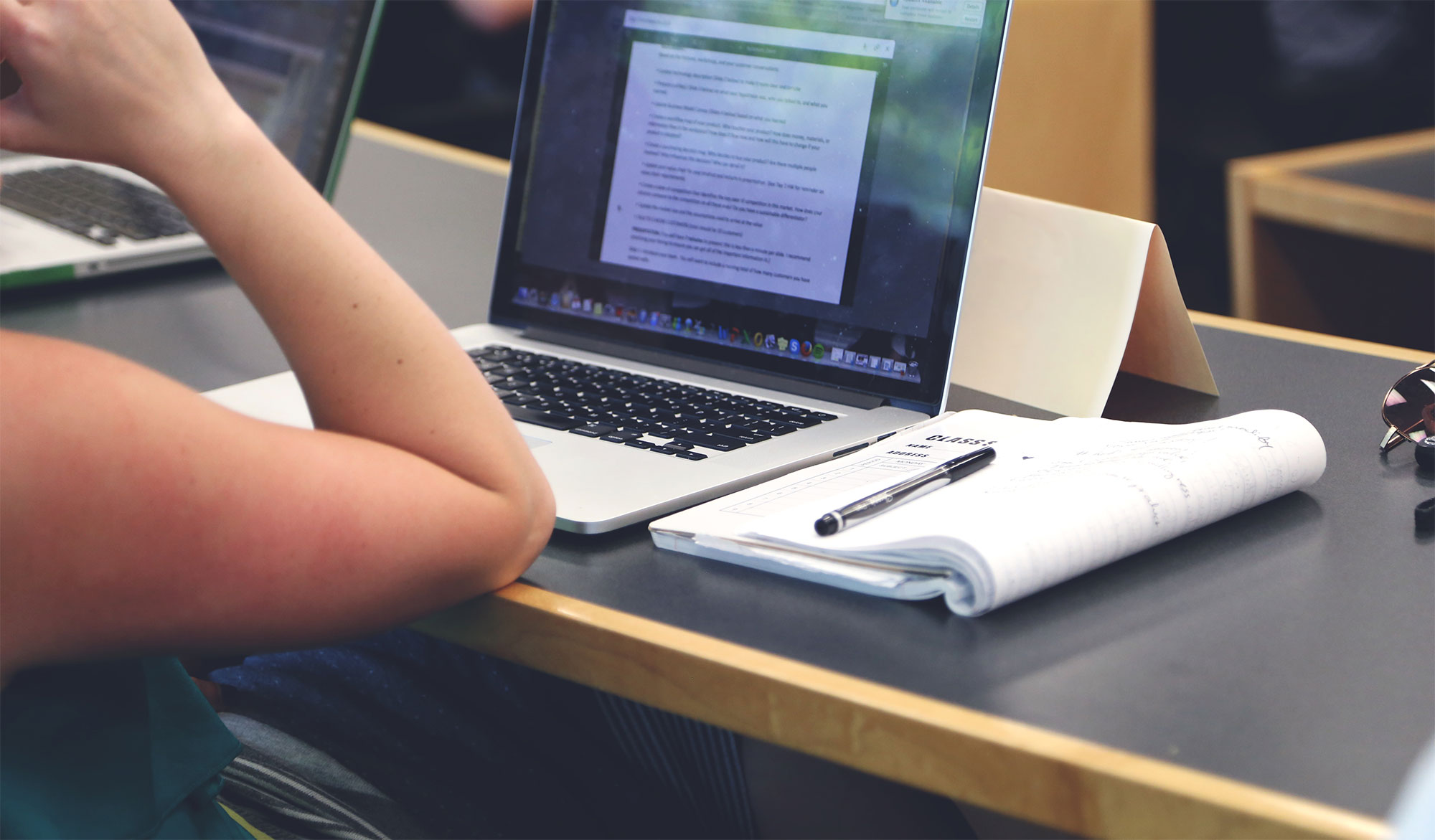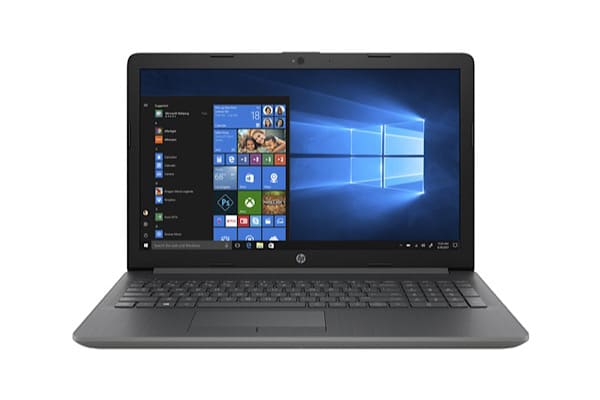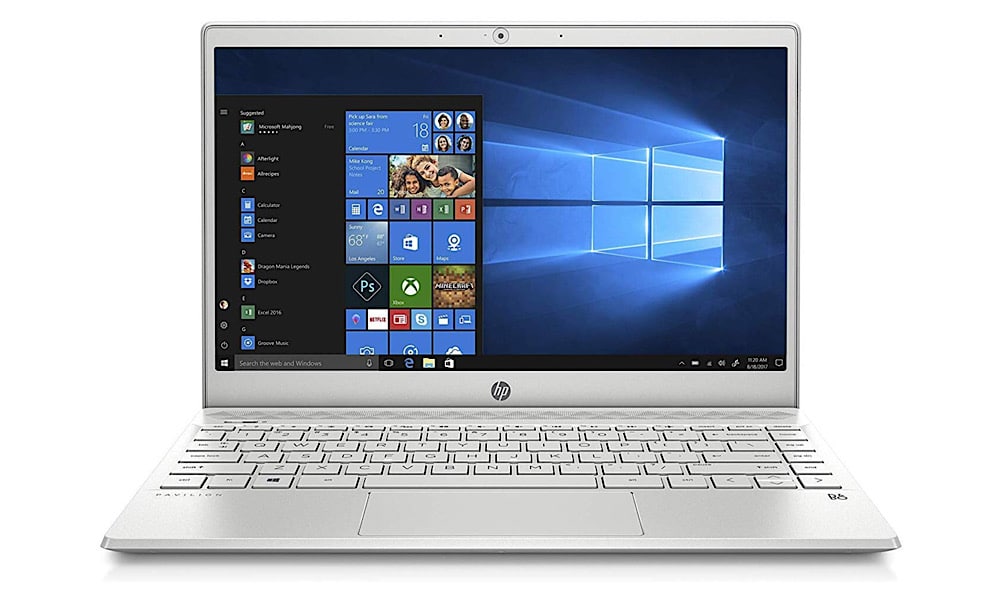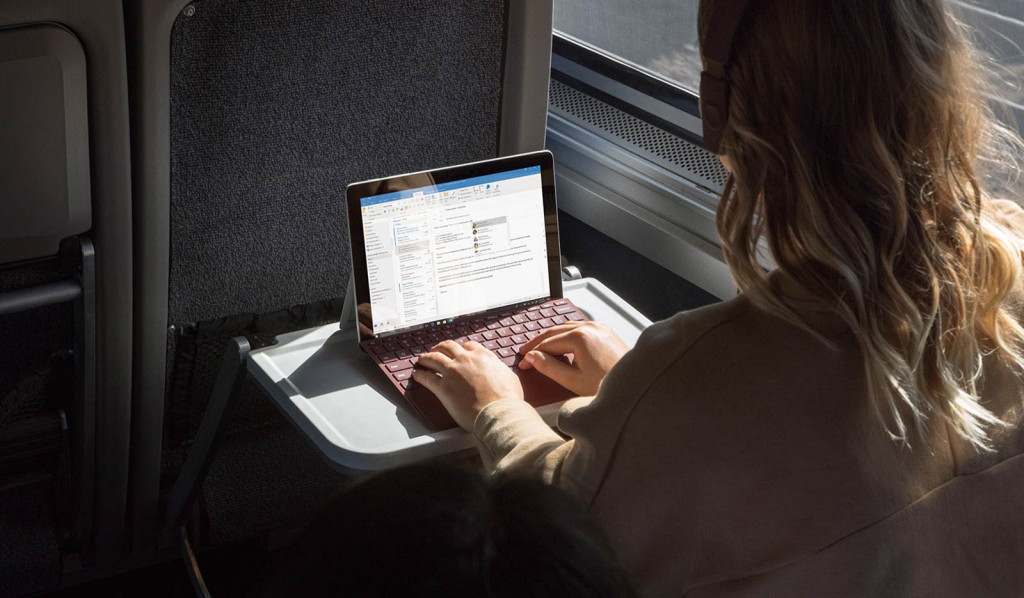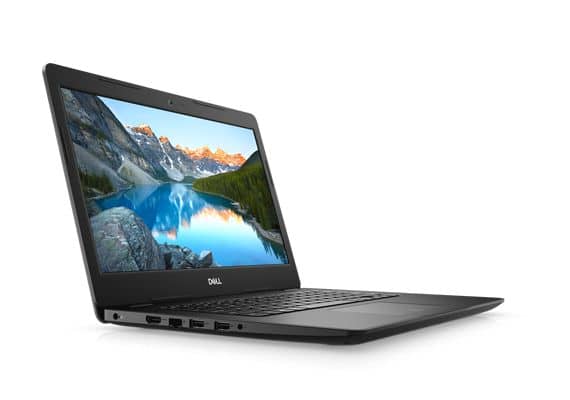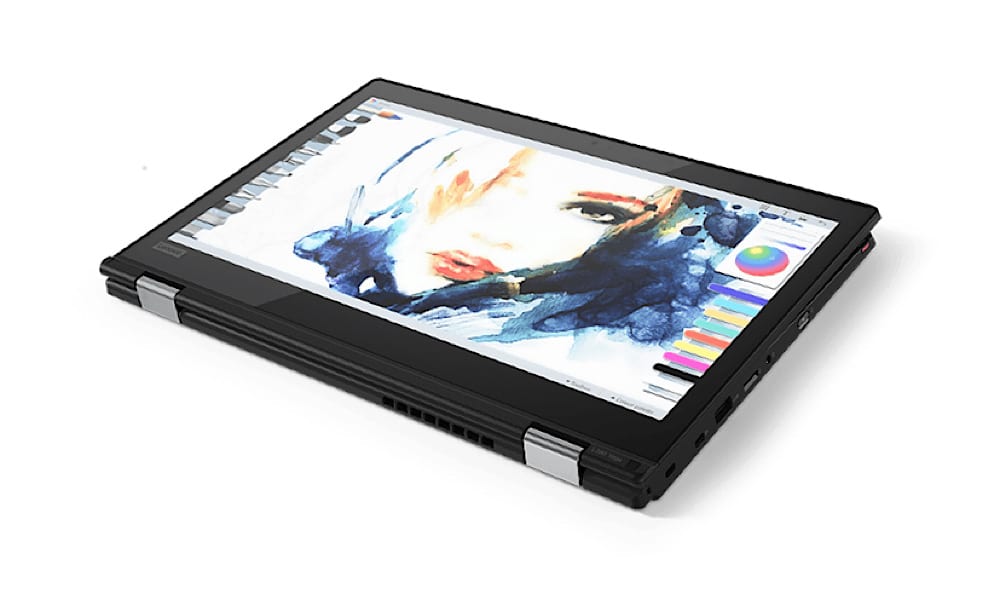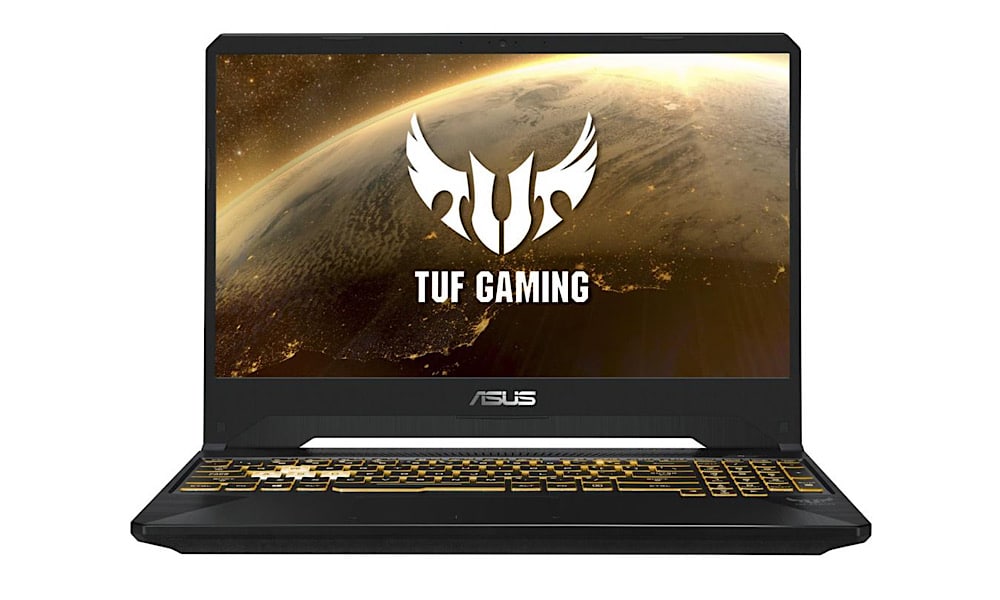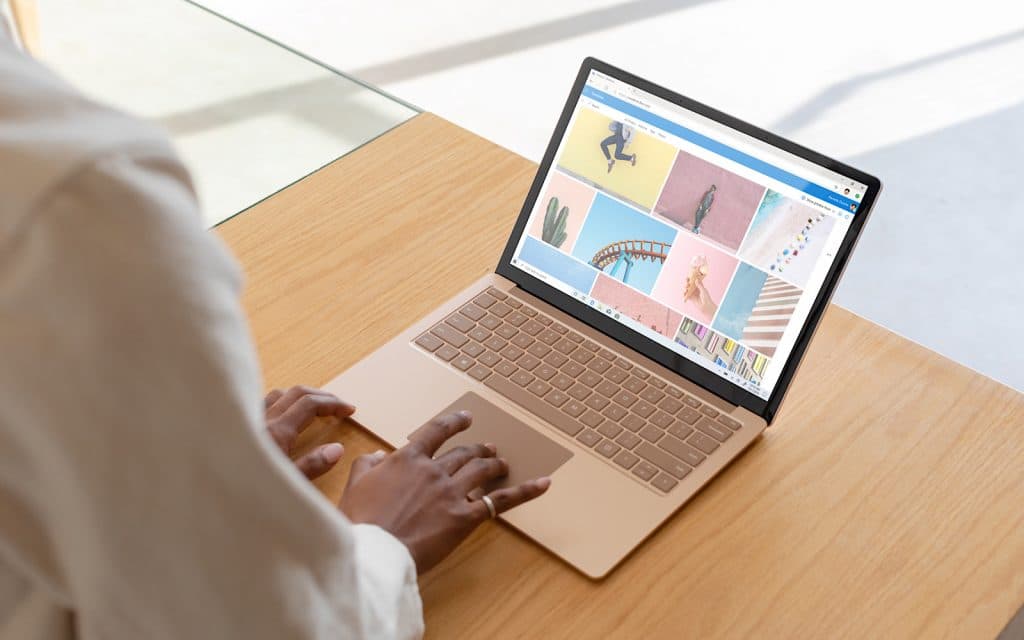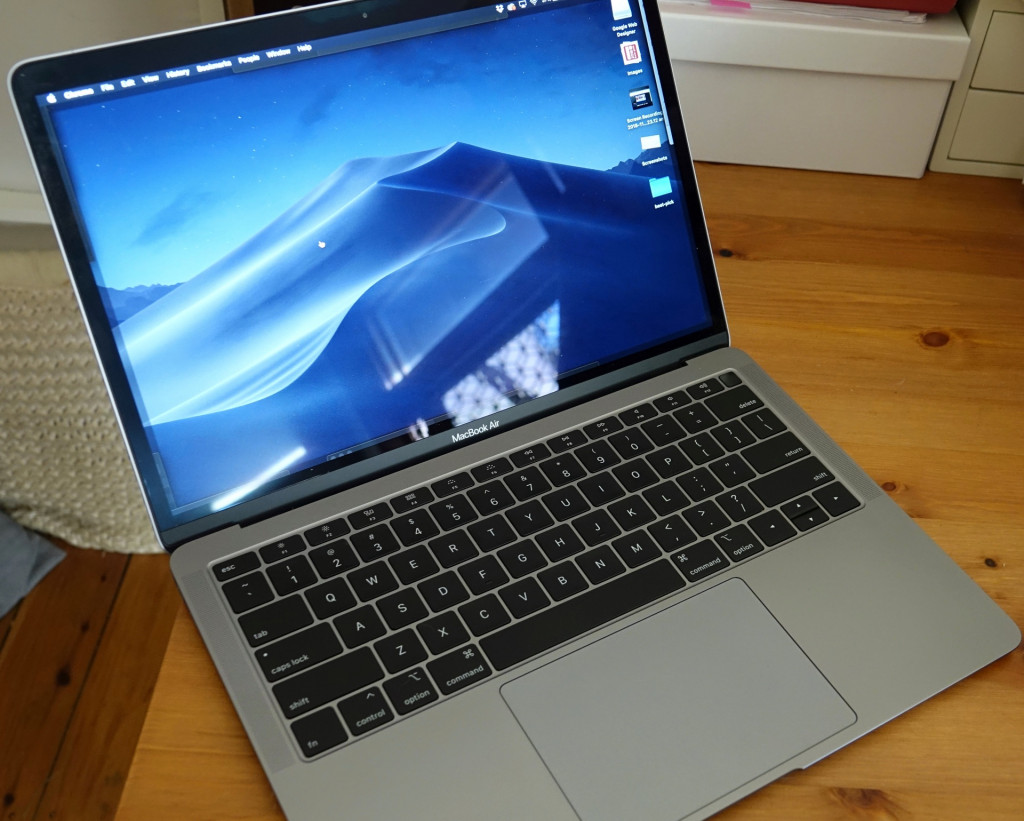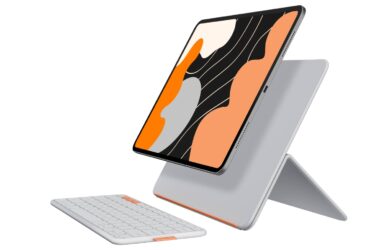The return of school is upon us, and with it, students needing laptops. So how do you know what to buy?
You might think that computers are just computers, and any old one will do, but there’s a good chance if you have a student on their way to high school this year, their needs are different from before they landed there.
While younger kids can use a smaller computer with more minimal needs — something that does the job in a small and light configuration — when they start using a laptop on the day to day regularly, your kids may need something bigger, brighter, and better.
However there are a lot of choices out there, so what makes sense? And what do you need to buy: do schools make it easy and make suggestions?
The first thing you need to do is find out if your school offers a specific document to guide your buying process: the BYOD guidelines.
Check the BYOD guidelines
It’s been quite a few years since most Australian state government got behind the “free laptop” initiative, and these days, parents have to do it themselves. However, that can present a problem: how does each school advise parents on the right laptop given the specific needs of each school?
Aside for telling you “buy this specific computer”, many Australian schools provide a BYOD document, a sheet of paper that stands for “Bring Your Own Device”, and which points out what the needs of that institution will be.
Of the high school and secondary school BYOD sheets we’ve seen in 2020, the consistent information appears to be the following specs:
- A minimum 8GB RAM
- A recommendation of 256GB storage
There are some pretty solid reasons why these recommendations keep occurring, too, not to mention an area that tends to confuse people pretty quickly. Memory is not storage, but many people confuse the two as being the same.
Memory or “RAM” helps devices keep apps loaded, and this doesn’t just refer to how many apps are currently running, but how many tabs in a web browser can be running at one time. More or less RAM won’t necessarily make a computer run certain applications faster, but it will definitely make a different on how much you’re running at a time.
Storage is about the amount of space you have for documents, pictures, music, videos, and all the files needed to run an application. Memory may help keep an app loaded, but you need space to put the files for that application, and that’s storage.
There’s more going on inside a computer than just memory and storage, but many of the other requirements listed in a BYOD document are fairly standard on laptops, and may not matter as much when you’re searching.
Those 2020 BYOD recommendations may include 802.11n WiFi, which is supported by the standard 802.11ac WiFi found in pretty much every laptop, and even the newer 802.11ax standard known as “WiFi 6” found in a few models, too. The recommendation this year of a laptop with a good 10 hours of battery life is hard to qualify, because even laptops with ten hours stated life may not hit that amount, as it’s application dependent (use a photo or video editing application on a laptop with ten hours listed, and watch it drop closer to three or four max).
But if you’re browsing an electronics or computer store looking for a laptop in high school, there are reasons why those memory and storage amounts make sense.
A minimum of 8GB RAM (memory) means the laptops will be able to handle several applications at once, and quite a few browser tabs, and ideally teachers and students alike don’t want to be waiting around for a computer to launch the lessons of the day.
For the other requirement, 256GB storage should provide enough storage for files over the next year or two (at a minimum), though we’d also argue 128GB should be sufficient, provided you realise you might be buying an external drive to back some of those files up to at the end of a year. We’d argue 128GB should provide enough, particularly if you did a big back up at the end of a year, removing the files you don’t need for the next.
The other critical issue for high schoolers is screen size. While smaller kids will happily deal with a smaller laptop — making a 10 or 11 inch screen perfect — high school students may want more space to see things.
We typically find 13 inch laptops the sweet spot for people these days, but a 15 inch laptop provides a larger display which invariably also results in a larger keyboard, too. Just keep in mind: the larger the screen, the heavier the laptop is likely to be.
Buying a laptop for high school in 2020
Once you become aware of the requirements, it’s time to look around. With specs like these, it’s possible to find laptops that may be able to last a good four years or so, though students will need to treat them well.
Prices for these sorts of specs invariably sit between $699 and $2000, so depending on the budget you have, you should be able to find something nice.
We’ve already had more than enough parents and guardians tell us their kids are hoping for a MacBook, and Apple’s insistence on a minimum required spec does make the decision of a MacBook very easy, but the price isn’t so friendly to parents. While a MacBook Air will set you back over $1600 in Australia this year, it’s also not the only choice, and kids will often recommend it because it’s also the fashionable laptop.
So what else is there, and what features does it offer outside of merely being a laptop that your kids will use in high school in 2020?
HP Notebook 15
Price: $699
One of the more consistent threads about school laptops is they’re often armed with not fantastic parts. If you’re intending to spend a lower amount and need specs like memory and storage, you won’t always get the good stuff if you keep the price tag low.
HP’s “Notebook” range is more or less indicative of that. The 15 inch HP Notebook uses a low resolution 15 inch panel, a 1366×768 display lower than the typical 1920×1080 Full HD screens you should expect, and even comes with 2TB of storage in a hard drive form. They’re not bad, and 2TB is a good eight times bigger than a 256GB drive, but a hard drive is slower than a solid-state drive, so you’re essentially getting older technology.
Frankly, we’d look a little bit higher in price if you wanted a laptop made to last, because the options are out there.
HP Pavilion 13
Price: $799
At a little under $800, HP’s Pavilion is one of the few 13 inch models to come under $900, and does so with the exact specs being requested. There’s 8GB RAM, 256GB storage, and a slightly older eighth-gen Intel Core i5 chip (we’re in version ten now), with a 13 inch Full HD display. This isn’t a tablet like some other combos, but is a full laptop, and is basically a solid combo to what many high schools are looking for.
Microsoft Surface Go
Price: $799
The smallest of the computers on this list, the Surface Go is a 10 inch computer, a rarity because computers this small aren’t easy to find anymore.
One of the reasons this one pops up in our lists is the size and weight: there’s very little that is this small and back friendly in the laptop world, and it’s surprisingly capable, too.
At under $800, it includes 8GB RAM and 128GB storage, but can be upgraded with a microSD slot to give you more storage.
If your high schooler isn’t doing a tremendous amount and wants something small and light, this is one to consider, and is essentially an iPad with Windows, weighing around half a kilogram, far under every other laptop out there. The catch on this one is knowing you’d need to spend $150 on a Surface Go TypeCover, providing not just a cover, but a necessary keyboard and touchpad mouse, bringing the cost to closer to a thousand dollars. Just something to be aware of if you take this route.
Read our review of the 4G-enabled Surface Go…
Dell Inspiron 14 3000 (3493)
Price: $999
A little like a middle ground for the big and small, 14 inch laptops like the Dell Inspiron 14 3000 provide the specs many want, with a little bit more space than what a 13 inch model may deliver.
For just under the thousand dollar mark, Dell’s Inspiron 3000 14 inch offers those same specs — 8GB and 256GB storage — with a Full HD 14 inch panel, and a weight of 1.66 kilograms, throwing it under the two kilos offered by its 15 inch Dell Inspiron 3000 sibling that also exists.
Lenovo ThinkPad L380 Yoga
Price: $1499
Wish that 13 inch laptop they had also doubled as a tablet? Lenovo’s take on the 13 inch laptop is often the Yoga, a model that includes a hinge that allows the touchscreen to lie flat and work as a tablet, too.
However Yoga laptops tend to be over the $1600 price, and this model, well, isn’t. The Yoga L380 offers that 8GB RAM and 256GB storage you’re probably looking for, and while it’s a $1500 laptop, you can typically find it for less.
Asus FX505
Price: $1599
A big 15.6 inch computer, this is a more gamer-focused machine, but one that could be very useful for someone thinking of entering game development and who needs a lot of storage.
Sitting around two kilos, it’s not a small computer, and includes a fast chip and a discrete graphics chip, making the graphics a little more capable than other machines on this list, plus the 512GB storage couldn’t hurt, either, which is double the 256GB recommended requirement we’re seeing lately.
Microsoft Surface Laptop 3
Price: $1699
Even though Microsoft’s Surface range has become synonymous with laptops that are also high-end tablets, we’d suggest the Surface Laptop for high school over the Surface Pro computer for one reason: you don’t need to keep buying keyboards for it.
Surface Pro TypeCover keyboards can cease working after extended use, and if you’re looking for a computer to last a few years in high school, that’s a cost that may add up. As such, the variant of the Surface without the added cost is the Surface Laptop or Surface Book, and the Laptop is the least exy of the two.
While you can get a 128GB model for about $150 less, the Surface Laptop 3 offers the specs you’re likely looking for at a minimum, with a design Windows users don’t always see. It’s one of the more Mac-like approaches to Windows computers.
Apple MacBook Air 13
Price: $1999
Of course, there’s always the Apple MacBook Air, a Mac we regularly rely on, which offers a 13 inch screen alongside the 8GB RAM and 256GB storage if you opt for the near-$2K model.
Outside of a keyboard you may occasionally need to repair, there’s nothing wrong with this model, and it’s made to do more or less everything, though the MacBook Pro certainly exists if you know your high schooler will need even more power, say for video editing, 3D modelling, or something else that isn’t your typical word or productivity application.


